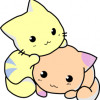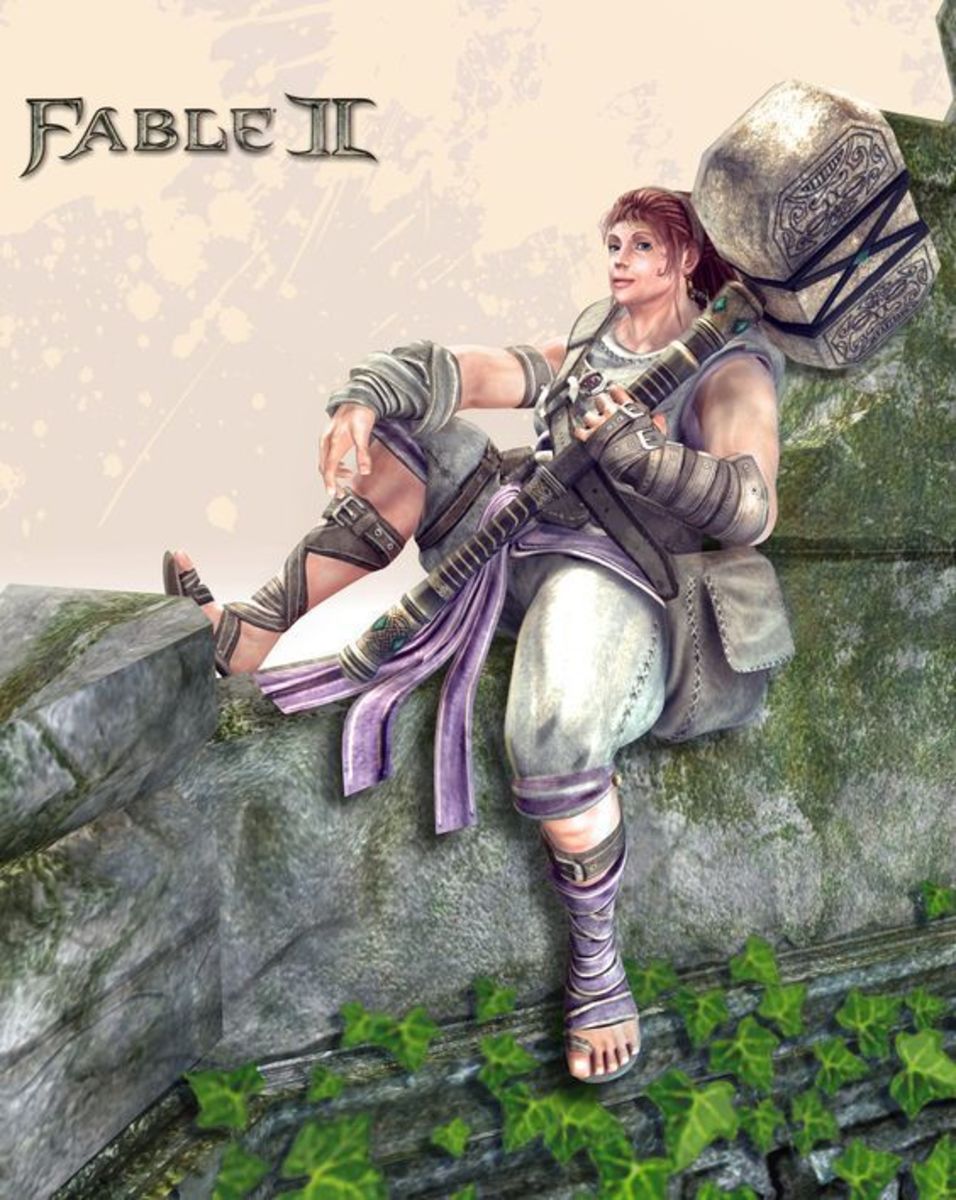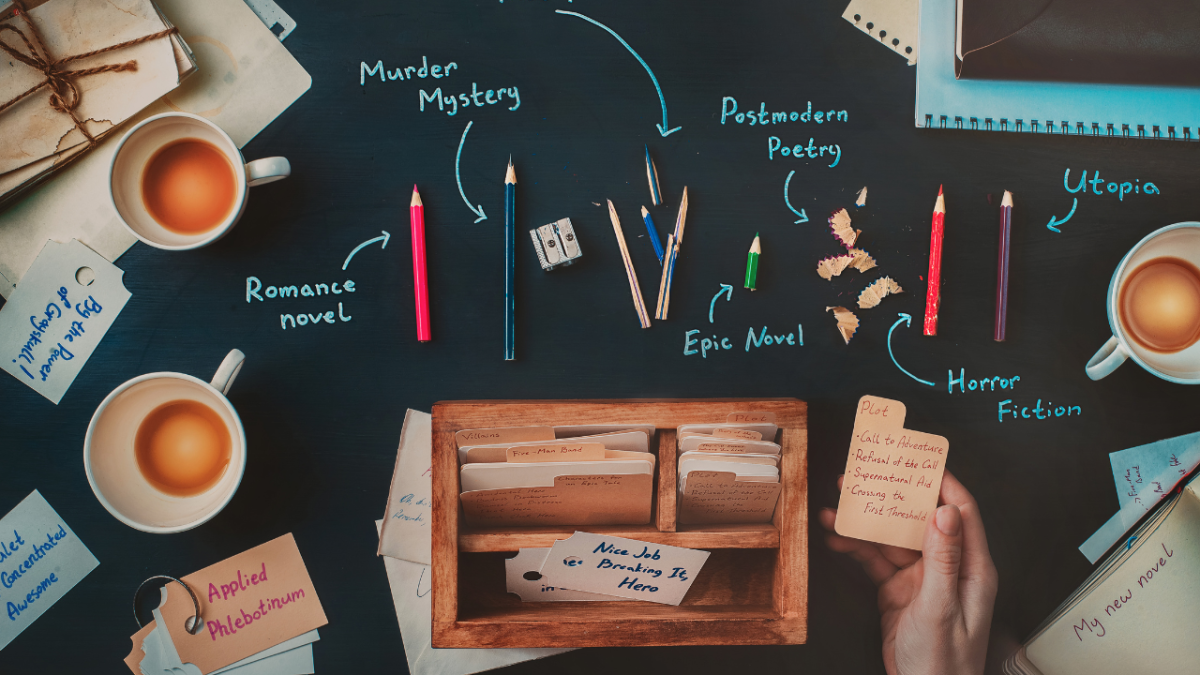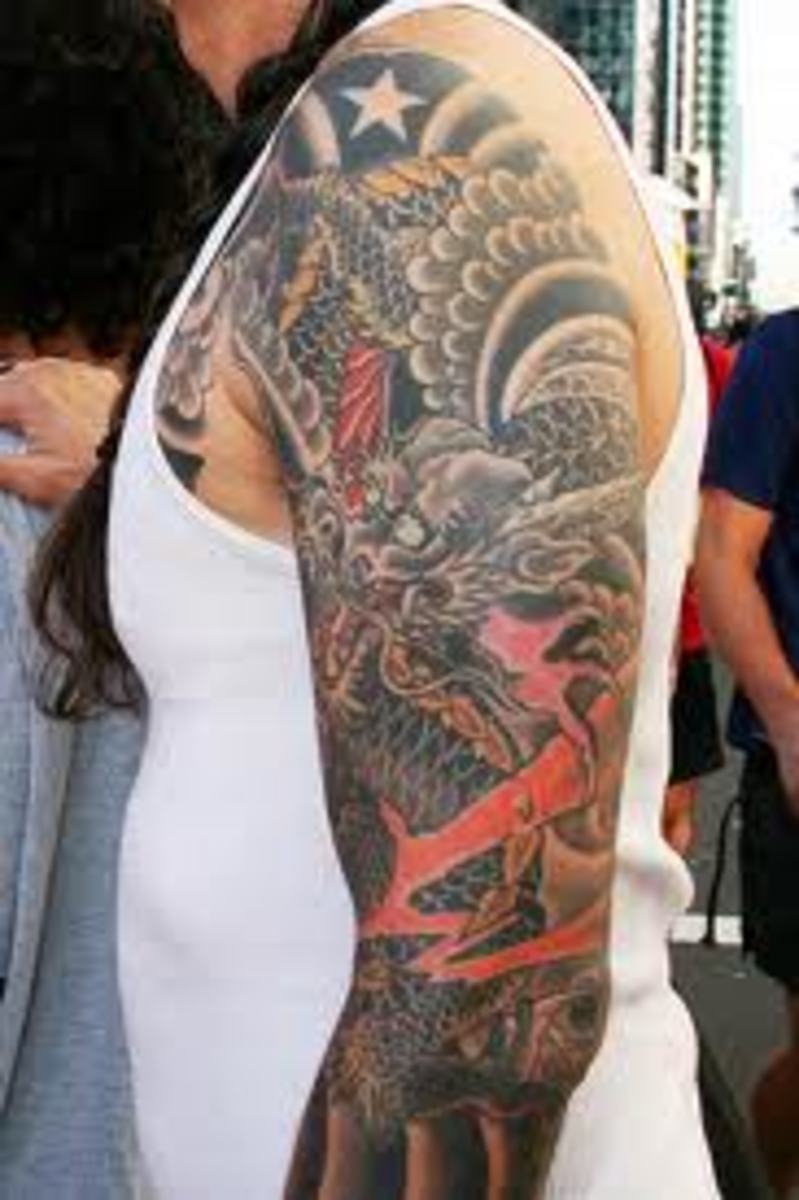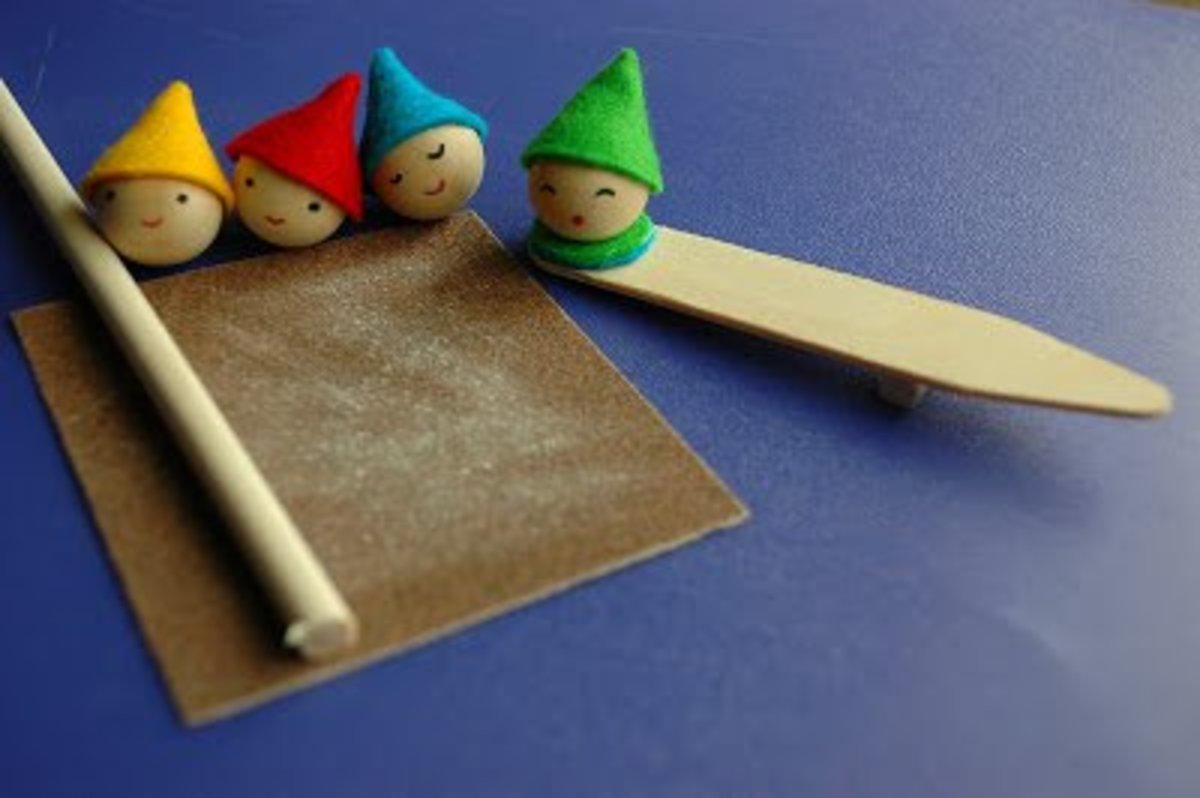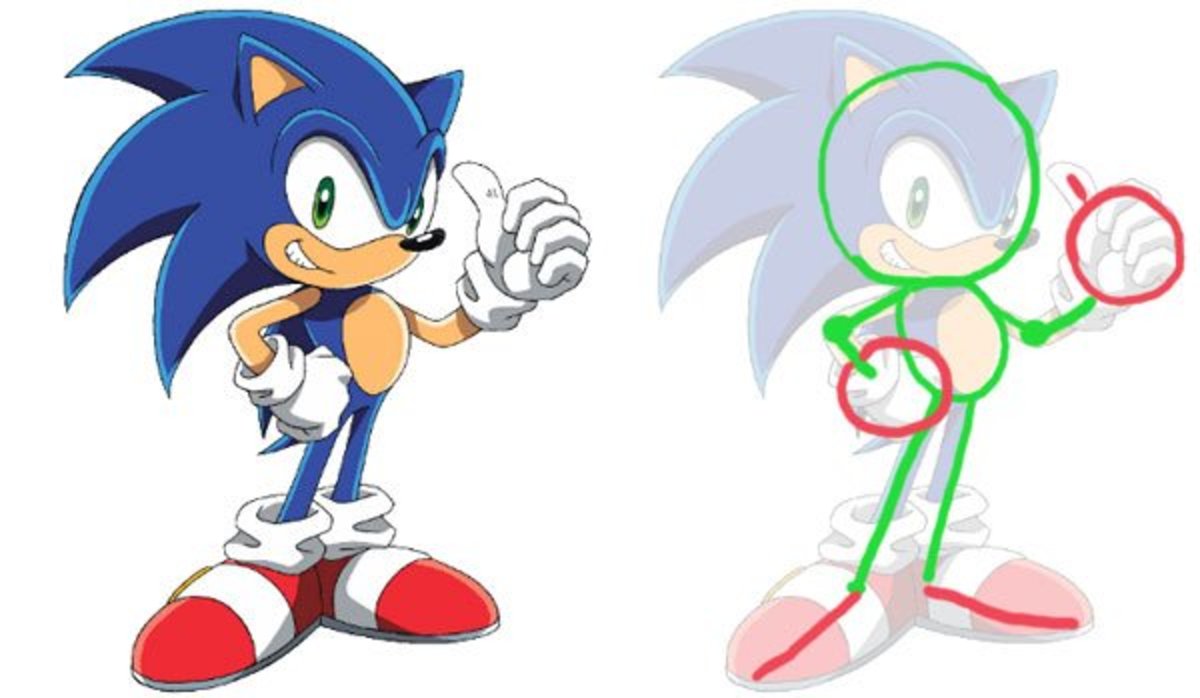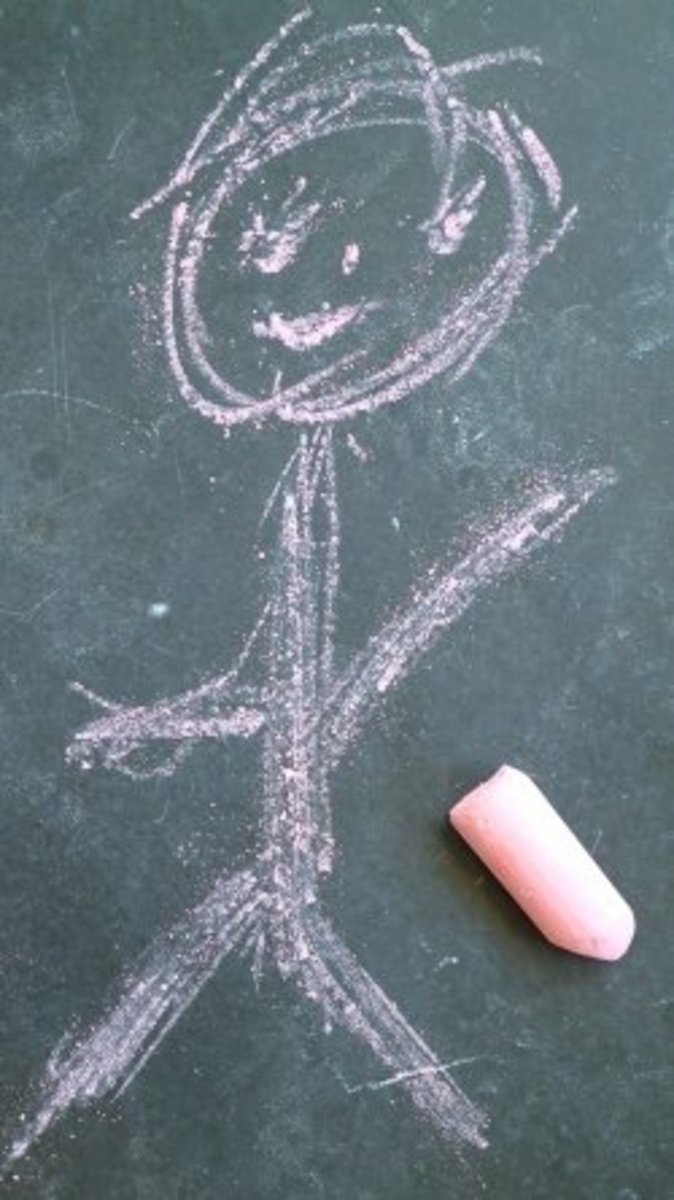How to Design Fantastic Characters

What Is Character Design?
Designing a character is not just about flashy weapons and intricate details. Even if the actual illustration is perfect, the character isn't memorable and doesn't bring you closer to that character. It only looks nice.
Good character design is deeper than this. It hooks your reader to the story. Some would argue the story isn't complete without the characters. Bad design can turn off a whole audience completely. It can kill an entire story in one fell swoop. So character design is of the utmost importance.
The question is: how?
This all depends on what you want to use your character for. Designing a comic book character is different from designing a video game character. Yet, the basics are the same.
Good character design depends on two things: how well you know your story, and how unique your character is.
Here are some story elements you need to know before diving into character design:
Know Your Plot
You need to have some idea of what the plot of your story is going to be. What is the function of your character in the story? What do they need to perform this function? Why?
The answers to these questions are essential. This is because these questions will impact the design of your character, no matter the plot.
Your character's design must be event-specific. As your character grows and develops, their design needs to reflect this. Always consider:
- What is happening during the plot?
- Is this causing my character to undergo some change?
- Can I reflect this change through their current design?
If you can, try to. This symbolizes the change your character is going through, adding an extra layer of complexity to your narrative.
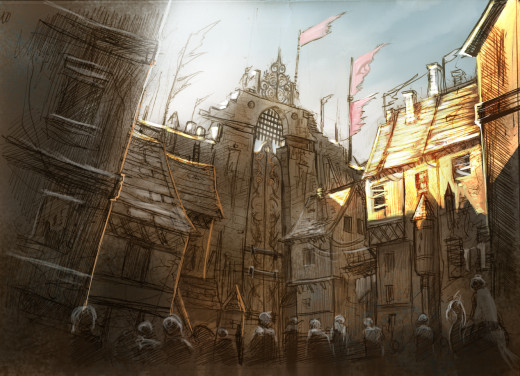
Know Your Setting
If your story takes place in 18th century England, having a character dressed as a 12th century Japanese samurai doesn't make sense, unless it's relevant to the plot. In other words, make sure you research your time period, and make sure that your design is somewhat relevant. To do this:
- Be aware of any fashion choices they made during your time period,
- Be aware of the common interests of the people during your time period
- Be aware of any conflicts between groups of people during your time period
The fashion of the time period will impact their design. Unless your story involves heavy use of time travel, your character will probably dress similarly to the people around them. You don't have to strictly draw them in these clothes, of course. Use these clothes as inspiration for your design.
The common interests and conflicts between groups of people will affect how people perceive your character. This will impact your character's personality. Generally, a person's differences or flaws make them outcasts, whereas similarities make them more accepted. This will heavily influence the decisions your character makes.
For example:
- A spiky-haired, tattoo-clad 20-year-old woman in modern times would be accepted in many growing circles.
- Yet, if you placed this same woman in 17th century colonial America, she would be hunted down and burned at the stake!
This fact would impact her decisions. Unless she had a death wish, this woman would be very careful around the other townsfolk. Her character design would be much softer than her personality and her attire would revolve around hiding her tattoos.
Always take your setting into account when looking at design. The design of your character will influence how other characters treat them.
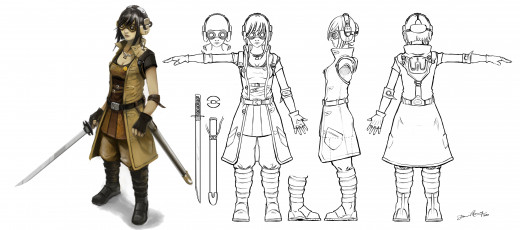
Know Your Character's Story
How we dress is how people see who we are. Therefore, the personality of the character should always be taken into account. A passionate, fiery personality will have certain characteristics rather than a calm, cool spirit. You can also play with preconceived notions to twist with our perceptions and stereotypes as well.
Now, delve a little bit deeper into your character. What's their personal story? How did they end up in your story's plot in the first place? What drives them to stay in your story's plot? How do they react to the situations they encounter?
These questions will answer a lot about the character's personality. Your character's personality will heavily influence what they wear.
- A sentimental character might have a memento of something they found important in their lives.
- A character who tackles problems head-on will have a fiery personality. They will be more bold with their clothing. Perhaps their clothing is a little risqué for the time period.
- An anxious character who was thrown into the story's circumstances quickly will likely have clothes that reflect this sudden shift. They could keep their former clothes, even if it doesn't match their function in the story.
You could always play around with people's assumptions with how people dress. A character who dresses revealingly may, in reality, be a quiet, shy person. Or, a person who wears dark clothes may actually have a bright and bubbly personality. This can be used as a subtle, but effective, plot twist in your story.
Doing this not only adds another layer of depth to your story, but adds another layer of depth to your character's design.
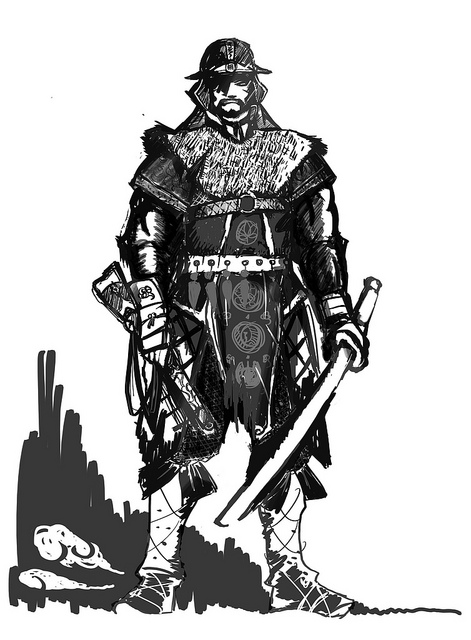
Elements of Character Design
After considering all facts about your story, you get to actually design your character. The fundamental elements of character design comes down to three things:
- Size
- Shape
- Color
By mixing and matching these three elements, you can create unique characters for your story.
Size
Humans come in all different shapes and sizes. To have a memorable character, they must have something unique about them physically. What makes them unique, of course, depends on your narrative. Here are some things to consider:
- Know how big your character is, height-wise and weight-wise, relative to other characters. An easy way to give your character uniqueness is to give them an abnormal height or an abnormal weight for your story-line. In the realms of fantasy, for example, having a dwarf who is 6 feet tall, or an overweight elf is almost unheard of. But having an overweight elf and a tall dwarf would give your story a unique twist.
- Look at the proportions of your characters. Proportions are what make two characters identical in height and weight look different. One person may have longer arms, the other may have wider hips. If your character still looks pretty "standard", think about changing their proportions a bit. Maybe give them wider shoulders, or longer legs, or a pointier nose.
- Also, consider giving your character a physical disability. Disabilities can give your characters a unique back-story. But, don't let your character's personality be ruled by their physical appearance. Let their inner personality shine through because of their appearance.
All these things help give your character uniqueness, even with a change of clothes.
Shape
You also have to consider the shapes you use for your character. This is seen most often in cartooning, where the shapes of the actual character symbolizes their purpose.
- Circles mean innocence and softness. Traditionally, women and children have more triangle shapes to them.
- Squares mean strength and solidity. Many superheros are shaped like squares.
- Triangles are associated with anarchy and witches. Evil villains also have a lot of triangle-shaped elements inside their design.
Using these ideas, you can mix and match these shapes to fit your character's personality.
Color
Color schemes reflect what the person wants to show the world. This can be used to show a fake identity or someone's authentic self. When designing characters, always try to keep the psychology of colors in mind. Here is a short list of what each common color may mean:
- Black represents authority, power, and evilness.
- White symbolizes innocence, purity, and sterility.
- Red is an intense color often associated with anger and rebellion. Red also symbolizes love.
- Blue often associated with tranquility and peace, but also cold and depression.
- Green is a natural color, often representing relaxation, health, and calmness.
- Yellow, an attention-grabbing color, is associated with optimism and happiness.
- Purple is commonly associated with luxury, power, and sophistication.
Color can also show the person's function in the story. This may or may not outwardly show the character's personality. For example, let's say your character is a military general with a flamboyant personality. He can't show very much of his personality while in uniform. In this case, his physical characteristics will have to reveal his personality.
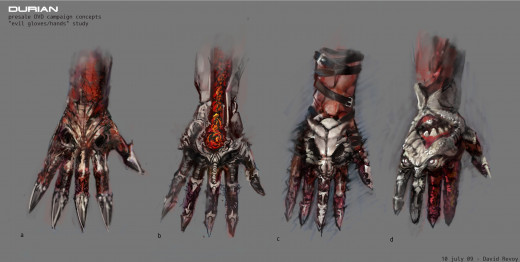
Details
Details are the final finishing touches, after outlining your basic character ideas. Yet, this can be the hardest part if you don't have any ideas in mind.
- Be inspired by books and movies. Look at books and movies for symbolism. Examine how they incorporate these symbols in the narrative, and see how you can squeeze it into your design. For example, the skulls of goats are often associated with the Devil and Hell. Use goat skulls in your design for a more evil character.
- Go to a museum. Museums have curated lost ideas from older civilizations, and placed them out on display. Feel free to use these ideas in your design projects for a unique twist in your design.
- Another way to use shapes in your designs is to adapt from nature. Some comic book artists have taken simple animals, like ants and wolverines, and created character designs based on their unique traits. Simply find a unique animal and use their traits in your next design.
- In other words, find inspiration in places you wouldn't ordinarily expect. Your design will be better for it.
Also keep in mind that details are optional. Some of the most memorable characters of all time have simple designs. Take a look at Pluto, Mickey Mouse's loyal companion. The only details he has outside of being a yellow dog is his blue collar. Yet, he still remains one of the most recognizable symbols of our time. All you need is one or two major ideas in your design to resonate with your audience.
Other Things to Consider
After learning what makes a good design, there other things you can do to set your character apart. These concepts are non-essential, but can add the finishing touch to a great design.
Simplify
The simplicity of your character's design matters just as much the details do.
Animators live by this idea. If their character can't be drawn quickly, they will miss deadlines in their project. Icons like Mickey Mouse and the Flintstones all have simple, yet unique designs because of this fact.
The animator's approach works well for any other artistic medium. You will be drawing your character a lot, so make sure your character is easy to draw. If you are a more skilled artist, you can get away with drawing more details. If you are just getting started, try to keep it simple for yourself.
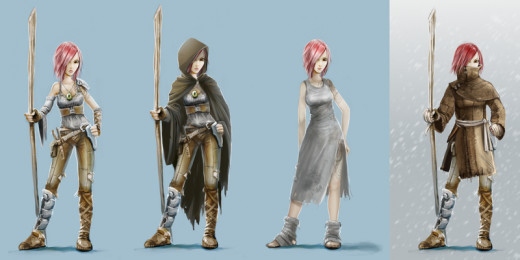
Draw Multiple Designs
When experimenting with designs, it's never wise to only draw your potential character once. Try drawing this character many times to see which design you like the best. To do this, draw as many potential character designs as you can on one page. This will force you to draw these designs smaller than you would usually.
This is called thumbnail sketching.
The point of thumbnail sketching is to get your thoughts out on paper quickly. Then, after you are done, you can pick the design you like, and save the other designs for later.
Experiment
Once you think you've come up with great design, try this experiment to see if the design is unique:
- Draw your character out, details and all, in a regular standing pose.
- Draw a regular person next to them, also in a standing pose.
- Now, take a black marker, and color over all these details. Color over everything until just the outline of your character shows.
- Do the same with the regular person.
- Can you tell the difference between these characters? Or is it hard to tell?
If you can tell the difference easily, then your character has a good design. If you can't tell the difference easily, your design still needs some work.
The outline of your character is called its silhouette. A bad silhouette that looks like other characters and needs to be adjusted for unique designs. Try adjusting the character's, hair, and body proportions until your character's silhouette is unique! If the design still not unique, you may need to go over the fundamentals of character design again.
Developing simple, unique characters is key to having a memorable story. They draw your reader closer to the plot. With these simple tips, you will be able to draw fantastic characters in no time at all. Now, go out there and draw!
